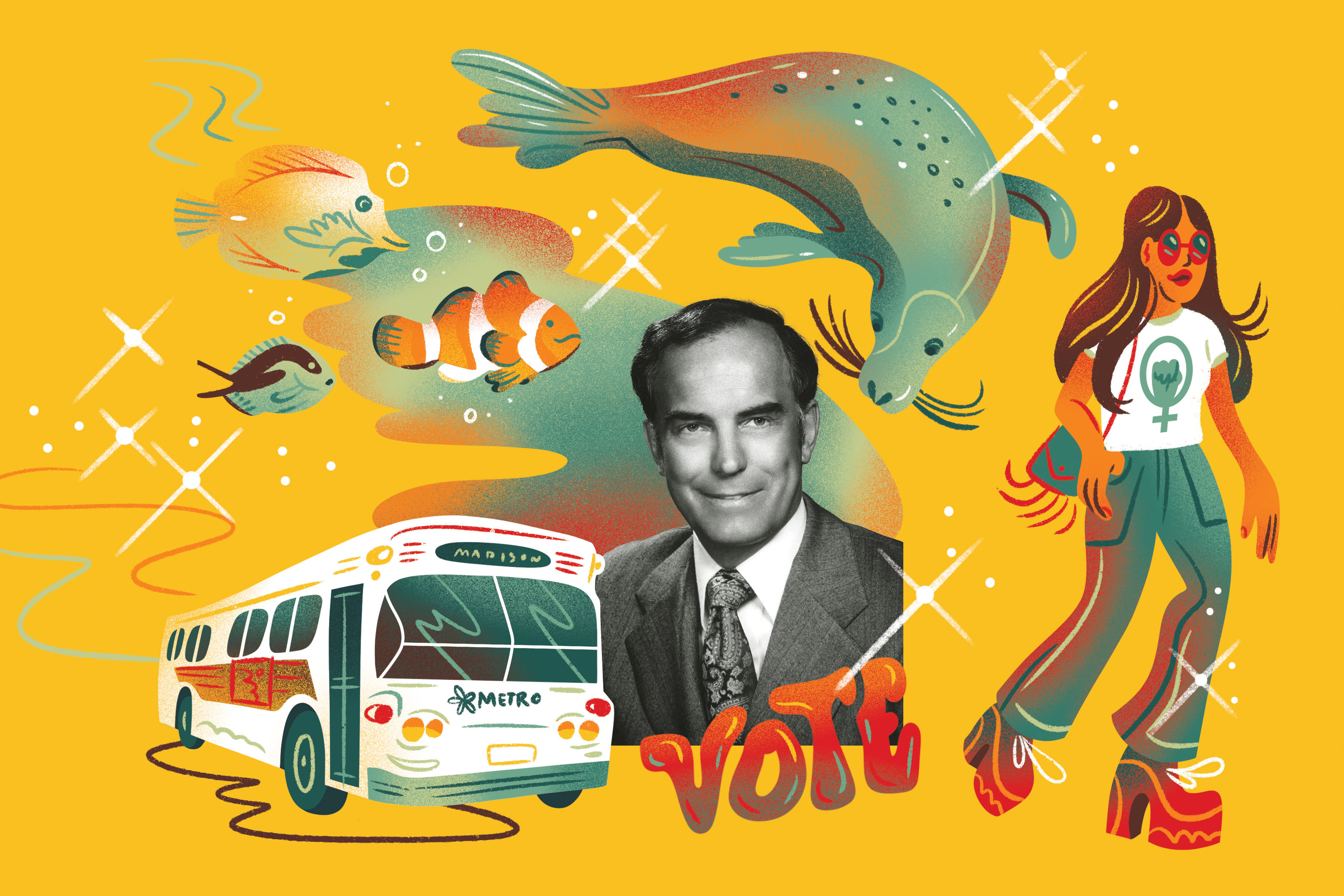A Regional Response to Regional Growth
You've noticed it. We all have. Over the last five years there’s been a steady influx of new people moving to Seattle and other cities throughout the Puget Sound region. We see the signs of rapid growth everywhere: the cranes that dot the horizon, the throngs of people—and cars that clog our streets.
You may have noticed that it takes longer to snag a table at a restaurant; the coffee shop you visit on Sunday mornings is busier; and your commute to and from work on our already overcrowded freeways is taking longer than usual.
We aren’t the country’s best-kept secret anymore.
Statistics show that our region intakes roughly 236 new people each day. The Central Puget Sound region’s population has grown by more than 86,000 in the past year.
If you think traffic is bad now, it's only going to continue to get worse over the next 25 years when nearly a million more people relocate to our region. Being stuck behind a long line of cars that move just a couple of feet, every few minutes, feels like you’re going nowhere fast.
That frustration is compounded when I talk with constituents from working families, or from immigrant and refugee communities or communities of color, that have trouble getting to their job, or are unable to pickup their children on-time from daycare. They have a tough enough time to make ends meet as it is. The time they waste in traffic adds unexpected financial burdens and makes their lives even harder.
In 2014, the gridlock on our roads was so awful it cost almost $1,500 per peak auto commuter.
Terrible traffic is not just a Seattle problem, it’s an issue affecting the entire region, and in November we have the opportunity to do something about it as a region.
The Sound Transit 3 ballot measure is our chance to create the quick, reliable regional transit system that connects Everett to Tacoma, and all places in-between. It’s a system that we should have built 40 years ago. The plan includes:
- Bus Rapid Transit service on I-405 and SR 518 from Lynnwood to Burien and on SR 522 from Bothell and Kenmore to the NE 145th Street light rail station, with faster buses running every 10 minutes during peak commute hours.
- Expanded capacity of fast-growing Sounder commuter rail service linking Seattle, Tukwila, Kent, Auburn, Sumner, Puyallup, Tacoma and Lakewood, with extension of the line to reach Tillicum to serve Joint Base Lewis-McChord and DuPont.
- Expanded Tacoma Link light rail from Hilltop to Tacoma Community College.
- Expanded light rail to Everett, Redmond and Federal Way as well as extensions to Ballard, West Seattle and Tacoma, South Kirkland, Bellevue and Issaquah.
Link light rail has already proven itself to be a reliable transit option that gets commuters off busy roads and to their destinations faster. Current ridership numbers have already exceeded Sound Transit’s projections.
Just two months after opening the Capitol Hill and Husky Stadium stations, ridership jumped by 83 percent. During the second quarter of this year, Link light rail smashed the pre-University Link single-day record of 71,500 on ten different days. The success of light rail thus far is proof that when we build it, people ride it.
With our city and our region continuing to grow rapidly, we know we are not going to be able to expand our road capacity significantly. But each light rail line has the capacity to move 16,000 people per hour—the equivalent of eight general-purpose freeway lanes.
We need that additional capacity. In November, let’s choose to expand light rail by supporting Sound Transit 3.




